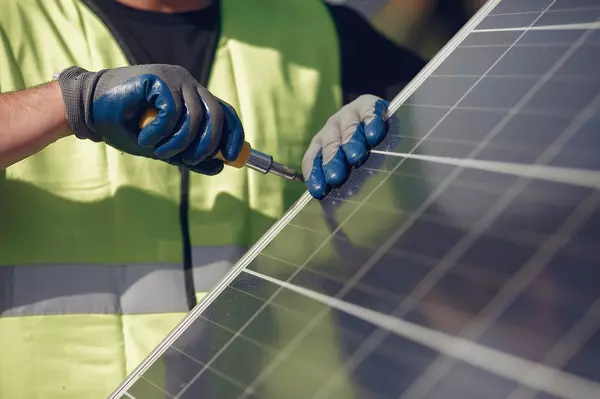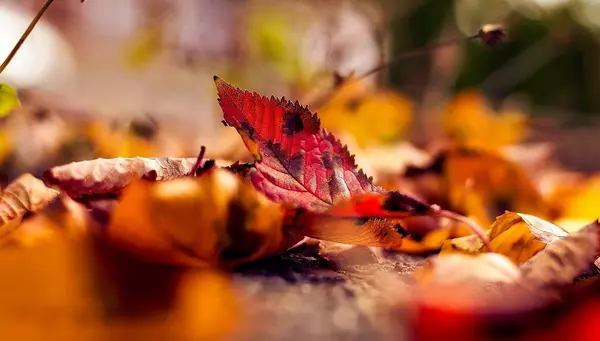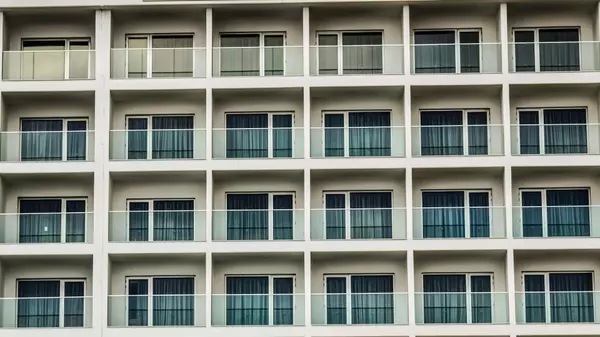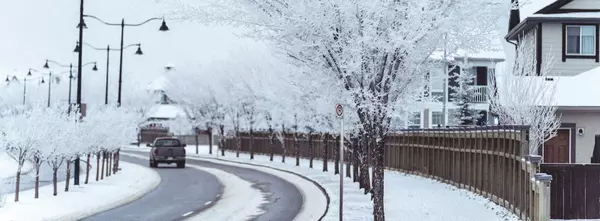
Preparing Your Calgary Home for Winter Wind and Snow
Preparing your Calgary home for the winter means getting ready for harsh winds, heavy snow, and icy conditions. To help protect your home, especially your roof, driveways, and gutters, and to avoid costly repairs, here are some essential tips: 1. Prevent Ice Dams on Your Roof Ice dams form when heat from your home melts snow on the roof, and the water refreezes at the eaves, causing backups that can lead to leaks. To prevent this: Clear your gutters before the first snowfall to ensure proper drainage. Insulate your attic to minimize heat loss, which can cause uneven snow melting. Consider using de-icing cables in problem areas to melt ice and snow safely. After heavy snow, use a roof rake to safely remove excess snow, which reduces the chances of ice dams forming. 2. Manage Snow Accumulation on Driveways Heavy snow can turn your driveway into an ice rink if not properly maintained. Shovel or blow snow regularly to prevent large buildups of snow that can freeze. Use eco-friendly ice melts to reduce ice without damaging your driveway or nearby soil. Look for options that are pet-friendly and won’t corrode your driveway surface. Seal any cracks in your driveway before winter sets in, as water can seep in and freeze, causing further damage. 3. Gutter Maintenance Well-maintained gutters prevent water from accumulating and freezing, which can lead to ice dams and roof damage. Clean your gutters of leaves and debris in the fall to ensure proper water flow during the winter months. Consider installing gutter guards to reduce the amount of debris that collects throughout the season. 4. Windproof Your Home Winter winds in Calgary can be strong, and reinforcing your home is key to protecting it. Reinforce windows and doors by applying weatherstripping or caulking around the edges to prevent drafts. This also helps with energy efficiency by keeping the cold air out. If you have a chimney or roof vents, ensure they are properly sealed to avoid wind drafts entering your home. Secure outdoor items, like patio furniture, to prevent damage during wind storms. 5. Preventing Water line freezing As the temperature begins to drop, homeowners need to be vigilant about preventing water damage, a common yet avoidable issue during the colder months. One of the primary concerns is water line freezing. When water in your pipes freezes, it expands and can cause the pipes to burst, leading to significant damage and costly repairs. To prevent this, it's crucial to turn off your outside water tap when the temperature drops below freezing. This simple step can make a huge difference in protecting your home from potential water damage. After turning off the tap, ensure that you drain any remaining water from the pipe by opening the tap and letting it run until it stops. This will help prevent any residual water from freezing inside the pipe. Another often overlooked area is your garden hose. Leaving a hose attached to an outdoor faucet can trap water in the faucet and connected pipes, increasing the risk of freezing and bursting. Before winter sets in, disconnect your garden hose, drain it completely, and store it indoors. It’s also a good idea to invest in a frost-free faucet or an insulated cover for additional protection. 6. Protect Your Home from Heavy Snow and Structural Damage Excessive snow accumulation can cause structural damage to your roof. Use a snow rake to keep your roof clear, particularly in areas prone to large snow buildups. If needed, hire professionals to inspect your roof structure for potential weaknesses. Investing in proper roof maintenance can save you significant repair costs down the road. By following these steps, you can ensure that your home is well-prepared for Calgary’s winter, keeping it safe from the elements and maintaining its curb appeal throughout the season. For questions about buying or selling real estate, contact Ed Black today at (403) 830-8510. Ed BlackREALTOR® Copyright © 2024 All Rights Reserved.
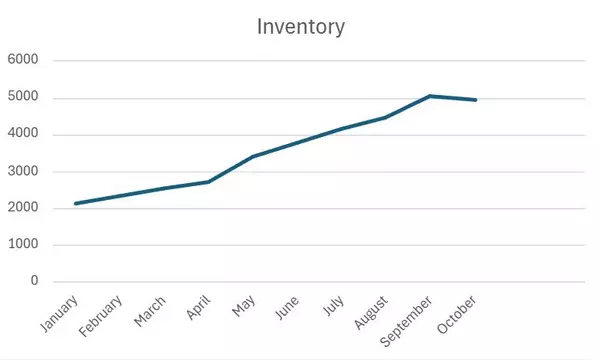
CREB Housing Statistics, January - October 2024
As we get close to wrapping up the end of the year, I find it interesting to look back at the housing statistics for the year so far and I figure you might be interested in seeing it as well. Here are some take-aways from the data below: From January 2024 to October 2024, there have been 23,903 homes sold and 33,733 homes listed. The average monthly inventory available over these 10 months was 3561, with the average days on the market being 24.8. Month Benchmark Price Sales New Listings Inventory Months of Supply Days on Market January $572,300 1650 2137 2150 1.3 34 February $585,000 2135 2711 2355 1.1 24 March $597,600 2664 3172 2532 0.95 20 April $603,700 2881 3491 2711 0.94 20 May $605,300 3092 4333 3402 1.1 19 June $608,000 2738 3798 3787 1.38 20 July $606,700 2380 3604 4158 1.75 24 August $601,800 2186 3536 4487 2.05 27 September $596,000 2003 3687 5064 2.53 28 October $592,500 2174 3264 4966 2.28 32 November n/a n/a n/a n/a n/a n/a December n/a n/a n/a n/a n/a n/a Source: https://www.creb.com/News/CREBNow/ For those visual learners out there, here are some graphs to look at: In January 2025, I will revisit this post and update it with the rest of the data from the year for those who find this information as fascinating as I do. For questions about buying or selling real estate, contact Ed Black today at (403) 830-8510. Ed BlackREALTOR® Copyright © 2024 All Rights Reserved.
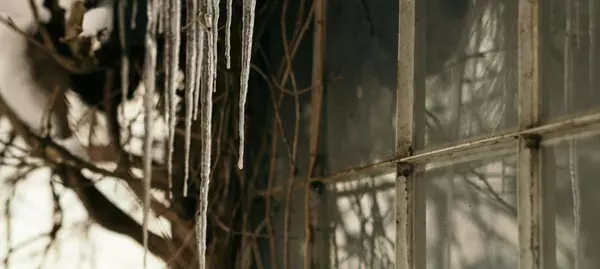
How to Winterize Your Calgary Home
As winter approaches, preparing your home for Calgary's harsh weather is essential. Follow these steps to keep your home warm, safe, and energy-efficient. 1. Seal Windows and Doors Check for drafts: Inspect all windows and doors for air leaks. Caulk and weatherstrip: Apply caulking around window frames and add weatherstripping to door thresholds to prevent cold air from seeping in. 2. Inspect and Clean Your Furnace Schedule a professional inspection: Ensure your furnace is working efficiently by having it serviced before the first cold snap. A professional can clean the filters, inspect for leaks, and ensure it's ready to heat your home all winter long. Change furnace filters: Clogged filters make your furnace work harder, reducing its efficiency. Replace filters every 1-3 months during heavy usage. 3. Clean and Inspect the Chimney Hire a chimney sweep: If you use a fireplace, a clean chimney reduces the risk of chimney fires and ensures safe ventilation. Check for cracks: Inspect the chimney structure for damage or blockages, which could interfere with proper airflow. 4. Prepare the Roof and Gutters Clear the gutters: Remove leaves and debris from gutters to prevent ice dams from forming, which can cause leaks and damage. Inspect the roof: Look for loose or missing shingles. Repair any damage to prevent water infiltration during snowstorms. 5. Watch for Mice Seal Entry Points to Keep Mice Out: As the weather gets colder, mice look for warm places to nest. Inspect your home's foundation, walls, and around utility pipes and vents for any small holes or gaps. Seal any openings with wire screens or caulk to prevent mice from getting inside. Also, ensure that your doors and windows close tightly with weather stripping to block any potential entry points. Don't forget to check your garage and shed doors as well. You don't want to find your shed full of mice in the spring. 6. Reverse Ceiling Fans Change fan direction: Set your ceiling fans to rotate clockwise to push warm air down and improve heating efficiency. 7. Check Smoke and Carbon Monoxide Detectors Test detectors: Replace batteries and test all smoke and carbon monoxide detectors. These devices are critical when using heating systems and fireplaces throughout the winter. 8. Stock Up on Winter Supplies Prepare for emergencies: Stockpile essentials like salt for de-icing, shovels, and snowblowers. Make sure you have enough firewood or backup heating solutions in case of power outages. 9. Protect Exterior Pipes Pipe Insulation: Wrap pipes in unheated areas (basements, attics, and garages) with foam pipe insulation. Pay special attention to pipes near exterior walls. Attic Insulation: Inspect your attic insulation to ensure it’s adequate. Add more insulation if necessary to maintain warmth and prevent heat from escaping. Winterizing your Calgary home will not only save you money on energy bills but also protect your home from potential damage during the freezing months. By taking these steps, you can ensure your home remains safe, comfortable, and efficient throughout the winter season. For questions about buying or selling real estate, contact Ed Black today at (403) 830-8510. Ed BlackREALTOR® Copyright © 2024 All Rights Reserved.
Categories
Recent Posts




